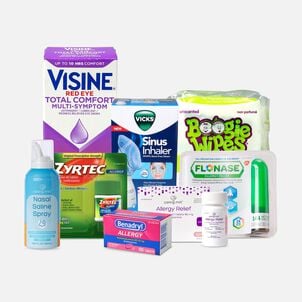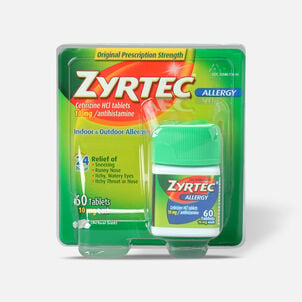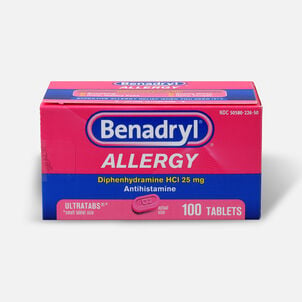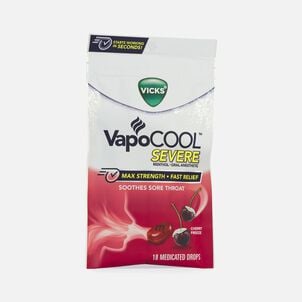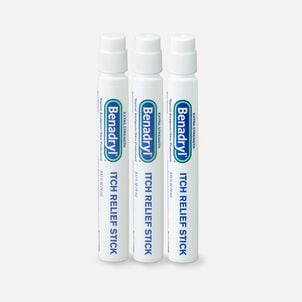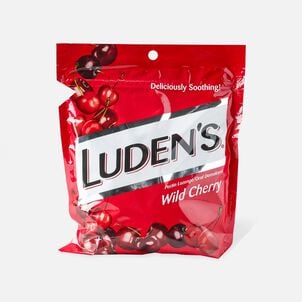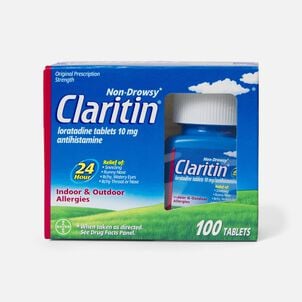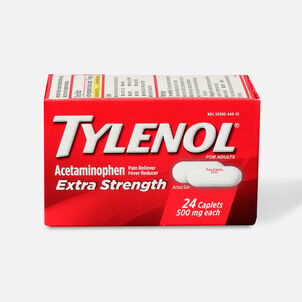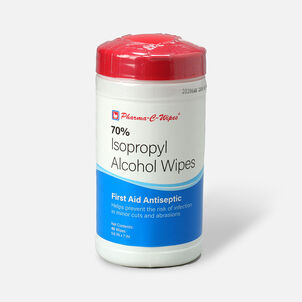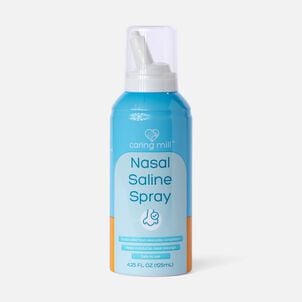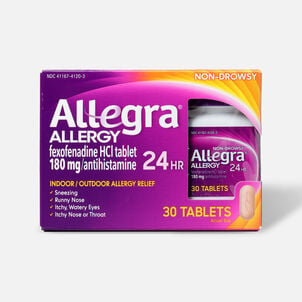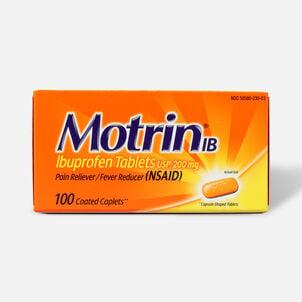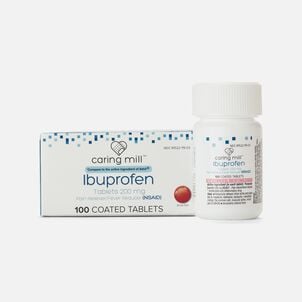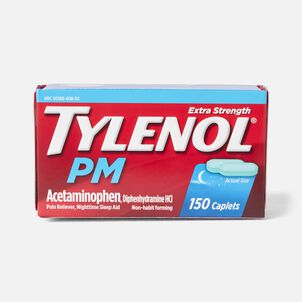The Complete FSA Eligibility List
Here it is — the most-comprehensive eligibility list available on the web. From A to Z, items and services deemed eligible for tax-free spending with your Flexible Spending Account (FSA), Health Savings Account (HSA), Health Reimbursement Arrangement (HRA) and more will be here, complete with details and requirements. Important Reminder: FSAs, HRAs and other account types listed may not all be the same. Be sure to check with your administrator to confirm if something is eligible before making a purchase.
Here it is — the most-comprehensive eligibility list available on the web. From A to Z, items and services deemed eligible for tax-free spending with your Flexible Spending Account (FSA), Health Savings Account (HSA), Health Reimbursement Arrangement (HRA) and more will be here, complete with details and requirements. Important Reminder: FSAs, HRAs and other account types listed may not all be the same. Be sure to check with your administrator to confirm if something is eligible before making a purchase.
Vaporizer: FSA Eligibility
Vaporizer: eligible with a Flexible Spending Account (FSA)FSA Eligible Cold & Allergy
What is a vaporizer?
A vaporizer is similar to a humidifier and a nebulizer. Whereas a nebulizer disperses medication via mist in a controlled quantity with specified dosages and a humidifier may be based on different technologies, a vaporizer specifically refers to a steam or warm mist technology device that is typically used in a person's nasal passages to alleviate congestion, dryness and soothe irritation.
What is a nebulizer?
A nebulizer is a medical device that converts medication in liquid form into a mist so that it can more quickly be absorbed into the bloodstream through the tissue of the lungs. Nebulizer sessions are often referred to as "breathing treatments" and they are the preferred method of delivering asthma medications to infants and small children, as well as anyone who has difficulty using a traditional asthma inhaler to treat their symptoms.
Nebulizers consist of an air compressor, a nebulizer cub, a mask or mouthpiece, compressor tubing and the medication prescribed. After the medication and other equipment is in place, once the nebulizer starts misting, the user can place the mouthpiece over his/her mouth and slowly breathe in and out until the medicine is gone. Depending on the dosage, this may take between 5 to 15 minutes to exhaust the medicine completely. While nebulizers are often a better option for those who can't use standard inhalers, having a nebulizer on hand can be a good plan for some asthma sufferers during high risk seasons, as well as avoiding emergency room visits in severe cases (Healthline).
Nebulizers are available in both home and portable models. The at-home models typically run on electric power from an outlet and are designed to be used while in a seated position. Portable models work by running on batteries or can be plugged into a vehicle's electrical outlet, and they are a great option for individuals who contend with asthma symptoms continually. Both at-home and portable nebulizers cost about the same and are considered "durable medical equipment": and are eligible for reimbursement with consumer-directed healthcare accounts and most insurance policies.
What is a humidifier?
A humidifier is a device that emits water vapor or steam to increase moisture levels or humidity in a single room or even entire building. Point-of-use humidifiers are used at home to humidify a single room. Central or furnace humidifiers are connected to a larger HVAC system to increase humidity throughout a whole house or commercial and industrial places. Medical ventilators are also used to increase patient comfort at hospitals.
What are the different types of humidifiers?
Ultrasonic humidifiers produce a cool mist using ultrasonic vibration while Impeller humidifiers do it using a rotating disk. Evaporators have fans that blow ir through a wet wick or filter. Steam vaporizers use electricity to create steam that cools before leaving the machine. Be careful using a steam vaporizer around children though, because when spilled, the hot water inside can cause burns.
The amount of humidity varies depending on the season and weather where one lives. In general, humidity levels are higher in the summer and lower during winter months. The level should ideally be between 30 and 50 percent. Too high and you can feel stuffy and get condensation on surfaces, triggering growth of bacteria, dust mites, and molds. A humidity level that is too low can cause dry skin, nasal passages and throat as well as itchy eyes.
Humidifiers can ease symptoms of asthma and allergies as well as during a respiratory infection like a cold. Dirty mist or growth of allergens from an uncleaned humidifier can exacerbate conditions though, so it is important to keep humidifiers clean.
 |
| 

